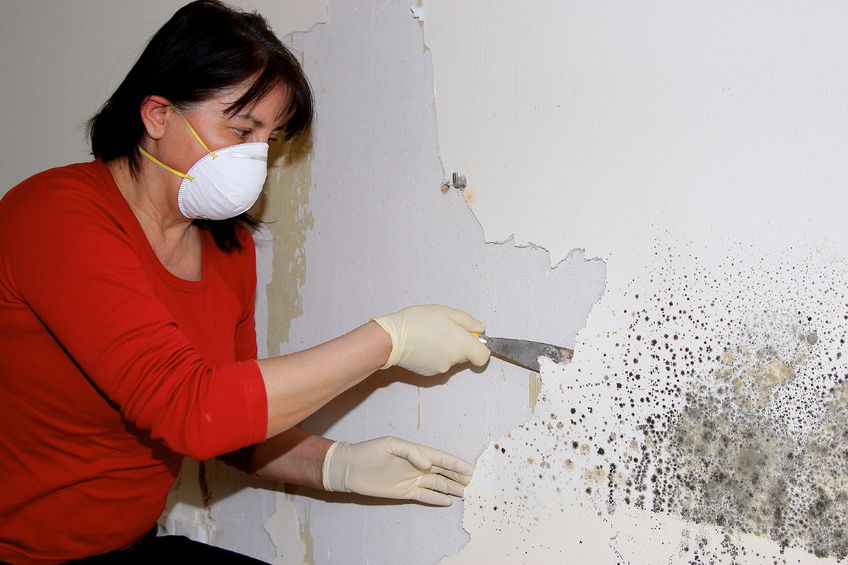Home and business owners often do their best to prepare for the inherent dangers that come along with being a property owner. Dangers like home or office security, fire damage, severe storms, and water damage are on the short list of what keeps a property owner up at night. While these hazards can prove to be extremely costly and dangerous, a silent threat that is often forgotten about can be just as detrimental to the wallet and to the health of a property’s inhabitants. This silent threat is simply known as mold.
Mold growth is actually a necessary part of the everyday environment as spores can often be found both indoors and outdoors. However, when toxic mold spore counts are elevated inside the home or business, indoor air quality can negatively affect the health of families, colleagues and customers respectively. Also, the physical toll mold growth takes on the structural integrity of a property can be catastrophic.
Needless to say, removal of the toxic fungus must be done immediately in a safe, effective way. Property owners often do not take mold remediation into account when budgeting for repairs. Oftentimes, home and business owners look for the least expensive option when shopping for a remediation specialist.
Value of mold remediation depends on a variety of factors. First, it is important to understand how mold behaves and how the colony can spread throughout the home or business. Whenever mold is attacked, it sends its spores into the air to find a suitable replacement area to regrow the colony. Therefore, if a general contractor without the proper equipment or insurance simply cuts away areas affected by mold without treating it properly, cross contamination will occur as spores populate other areas of the property.
Mold spores can regenerate a colony whether they are dead or alive. Valuable residential and commercial mold remediation pricing includes:
- Containment of the affected area
- Removal and safe disposal of mold affected materials (eg. drywall, carpet, padding, wood, etc.)
- Scrubbing of support beams and concrete with brushes and EPA-approved biowashes
- Eradication and removal of live and dead spores with a HEPA filter vacuum
Along with these general practices, which provide a level of safety and efficiency necessary to mitigate mold, technicians should also wear Personal Protective Equipment, maintain proper insurance and bonding, and complete training and certification. These practices will ensure the safety and health of the technicians and the property inhabitants who are counting on dependable mold removal.
Cheap mold restoration does not provide true value. While initial costs may be less by choosing an uninsured, uncertified contractor who does not follow the mold removal guidelines listed above, costs will increase exponentially in the long run when spores contaminate other areas of the home or business.
Source: SI Restoration
Connect with us: Facebook – Twitter – LinkedIn – YouTube – Google +

